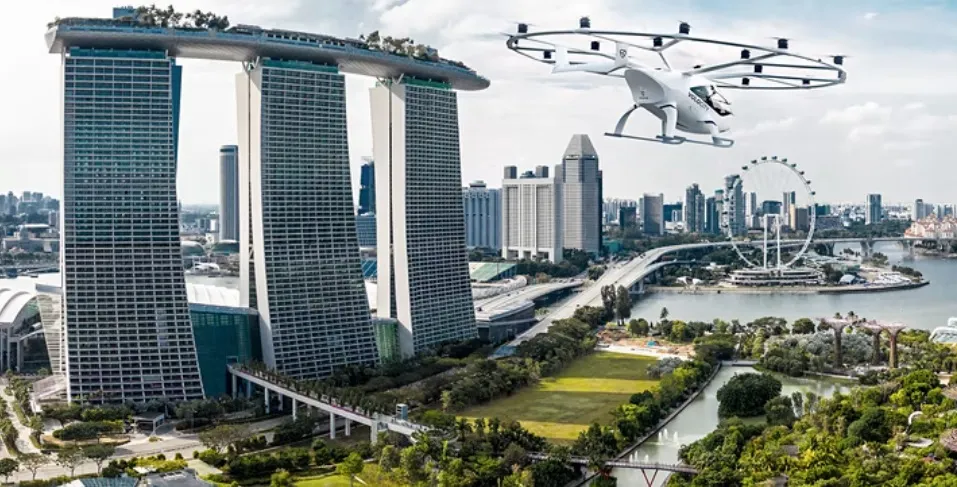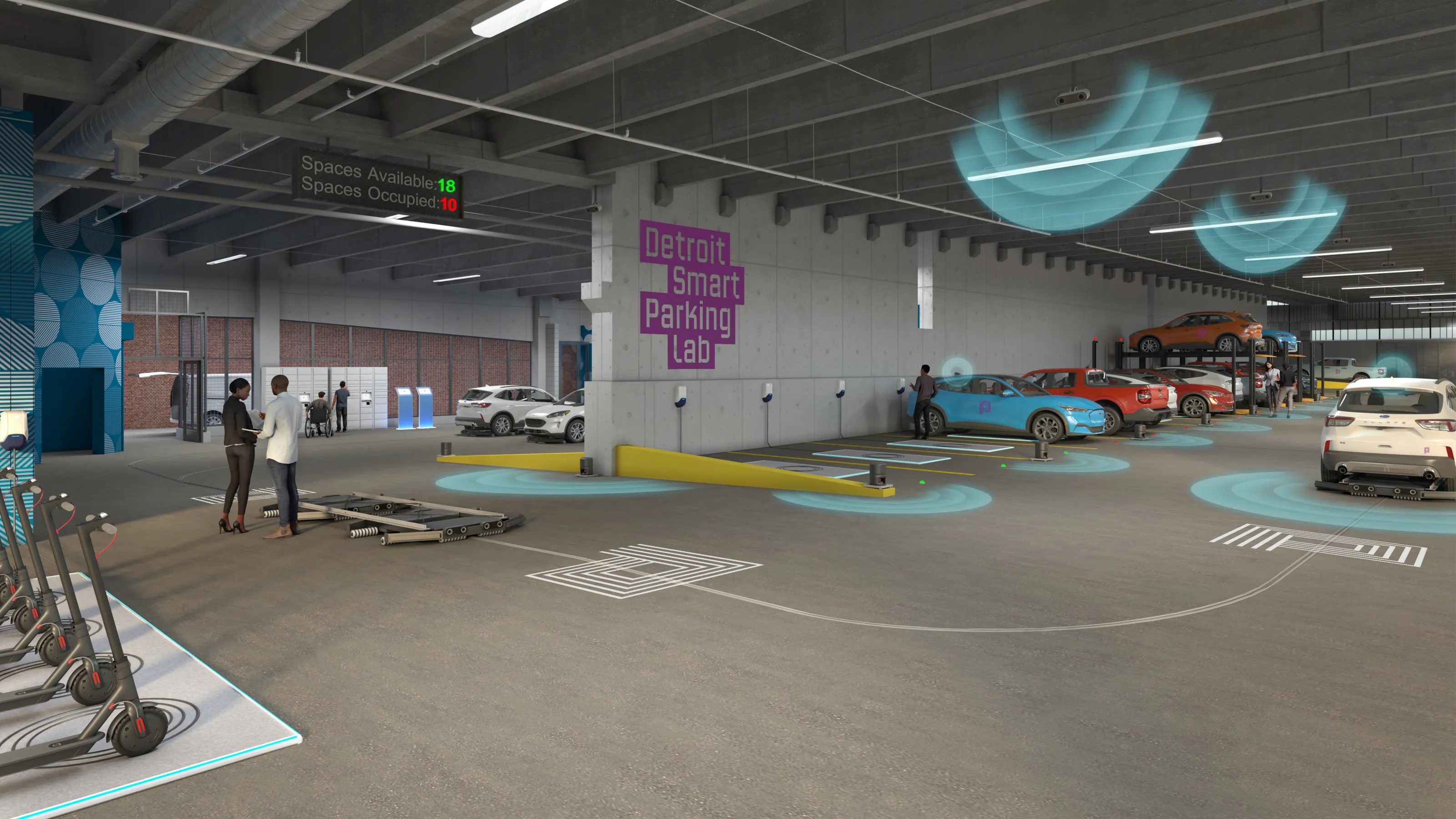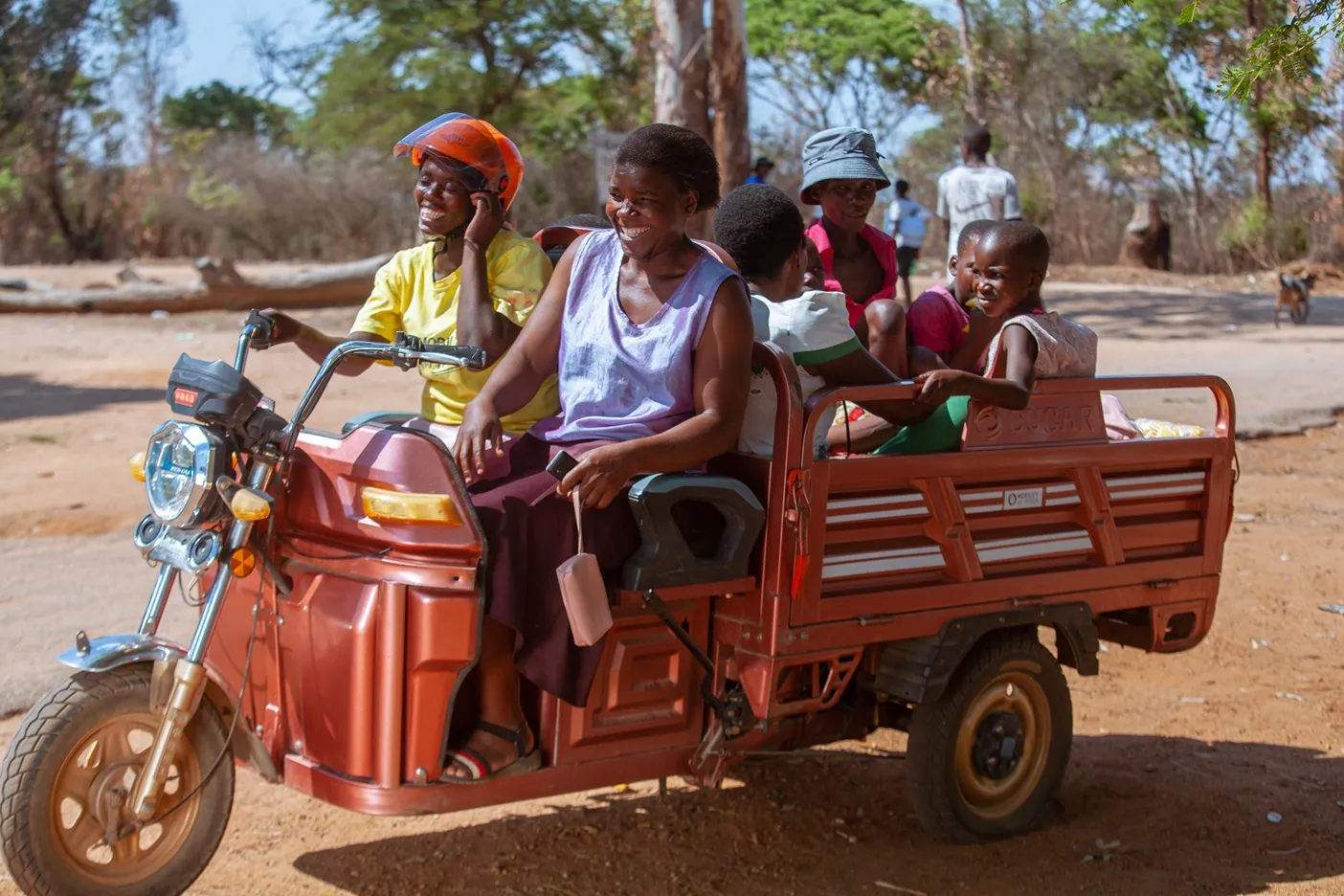
EHang's two-seater autonomous aerial vehicle (AAV) has carried out maiden flights in Korea
to demonstrate its capabilities in passenger transportation.
The company's 216 AAV took off from Yeouido Island in downtown Seoul to carry out an autonomous flight in a densely-populated area.
In the second flight, the AAV delivered a package containing a fire emergency kit in the Suseong District in Daegu City before carrying out an aerial sightseeing demonstration over Jeju Island coastline in the final use case.
EHang says the three locations were chosen as the pilot site for the Korean Urban Air Mobility Roadmap.
The programme was announced by Korea’s Ministry of Land, Infrastructure and Transport in June with the aim of commercialising urban air mobility (UAM) services by 2023-25.
Acting mayor of Seoul Seo Jeong-hyup says the city government will aim to establish safe flight operations for people living in the city.
Meanwhile, the Suseong District plans to launch more aerial routes in stages, based on the EHang 216 flight.
Suseong District mayor Kim Dae-Gweon says: "To tackle the traffic congestion, we will try our best to develop UAM and turn it into a new engine for our economic development.”
Won Hee-Ryong, governor of Jeju, says: "To further promote UAM development, Jeju Island is considering various measures, including the set-up of special funds and policies, fostering talents and supporting relevant enterprises.”










